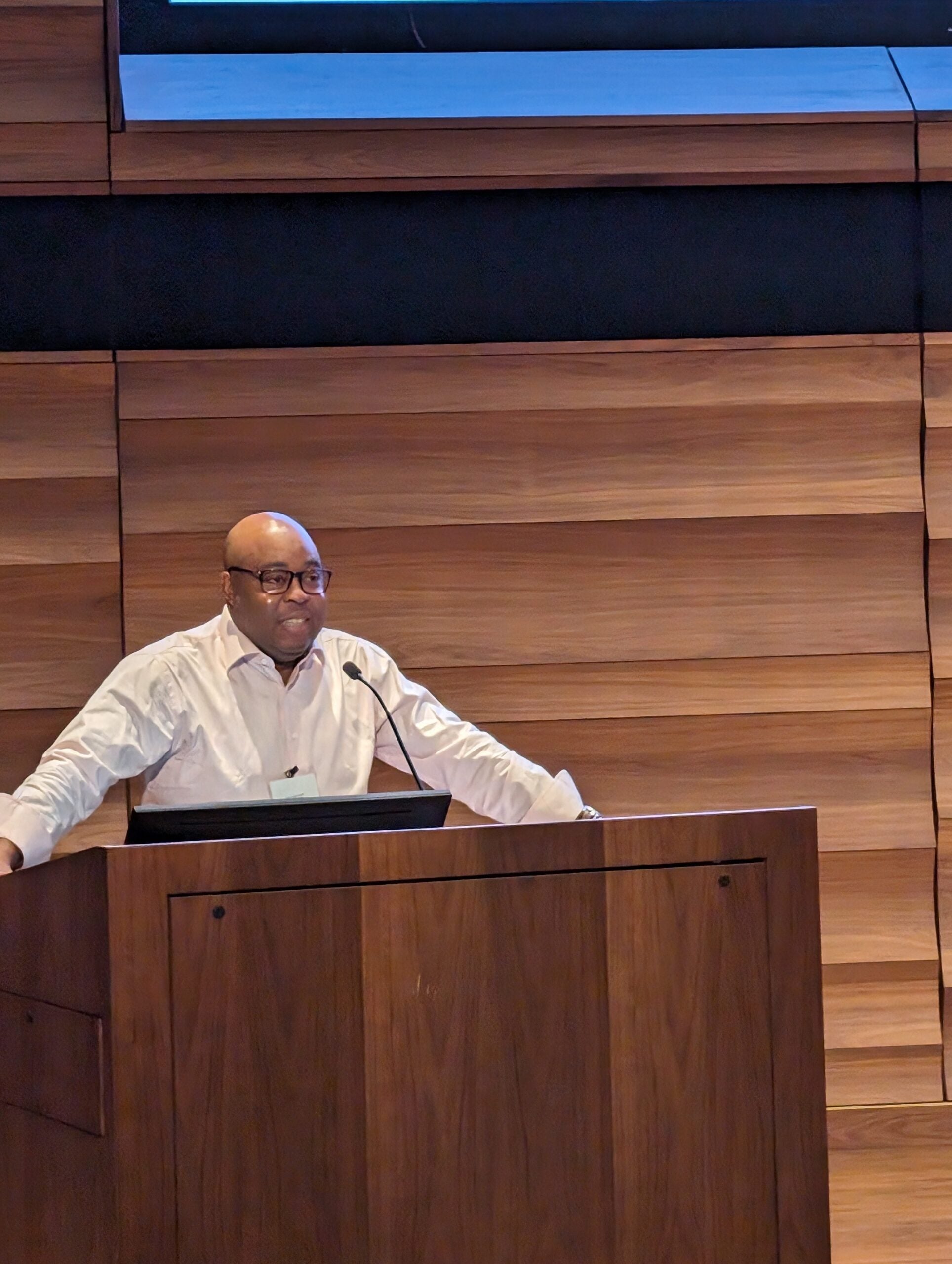Open Sustainability Policy Summit Recap and Video: RowdyOrb and the JHU Inclusive Innovation Initiative
Day 2 of the Open Sustainability Policy Summit kicked off with an energizing and insightful session led by Jonathan Moore, the founder and CEO of RowdyOrb. His presentation, titled “Overview of RowdyOrb and the JHU Inclusive Innovation Initiative,” brought to light some critical advancements in bridging the digital divide and fostering community sovereignty. Here are the key takeaways from his talk:
Introducing RowdyOrb: High-Speed Internet for Underserved Communities
RowdyOrb, as introduced by Moore, focuses on providing high-speed internet to underserved communities, which are often low-income and minority neighborhoods. He reframed the concept of the digital divide, highlighting how the lack of access to emerging technologies perpetuates existing social and economic disparities. RowdyOrb aims to address these issues by offering affordable broadband services and training local residents.
Partnership with Johns Hopkins University: The I3 Initiative
A significant part of RowdyOrb’s strategy involves collaboration with Johns Hopkins University (JHU) through the Inclusive Innovation Initiative (I3). This partnership is dedicated to integrating research, emerging technology, and community engagement to create sustainable solutions. The goal is to foster community sovereignty, enabling residents to manage and grow their resources independently.
Focus on Community Health and Workforce Development
Moore emphasized that improving community health is central to RowdyOrb’s mission. They work with JHU’s School of Public Health to address social determinants of health. Additionally, RowdyOrb is pioneering workforce development programs, training residents to become telecommunications engineers. This initiative not only creates jobs but also builds local capacity to maintain and expand broadband infrastructure.
Leveraging Technology for Sustainable Solutions
RowdyOrb employs CBRS technology to create two-mile radius broadband networks, starting with a strong internet foundation. They integrate Internet of Things (IoT) devices in community-based organizations to monitor and address health issues, such as high asthma rates in Baltimore. These organizations serve as showrooms for new technology, helping residents understand and adopt sustainable practices.
Conclusion and Future Vision
Moore concluded by reiterating RowdyOrb’s commitment to community sovereignty. The aim is to eventually transfer ownership and management of these technologies to the communities themselves, ensuring long-term sustainability. The focus remains on creating viable economic models so that these initiatives are not just impactful but also self-sustaining.
